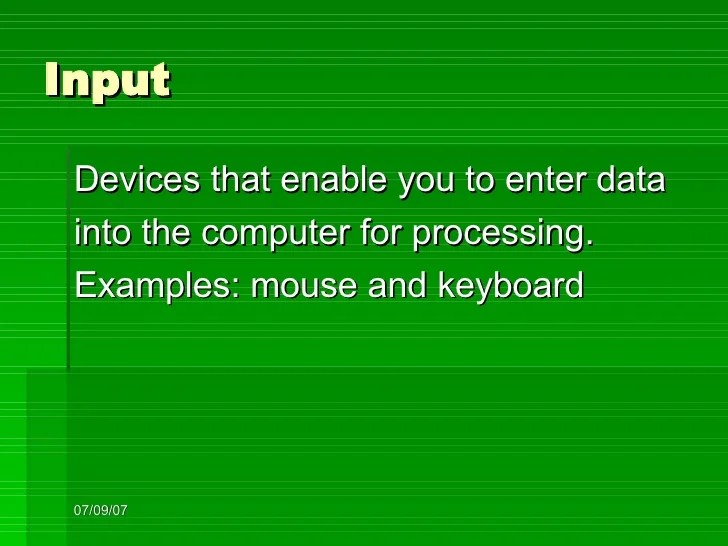Mainstreaming In Education Definition. Definition of key terms there are four terms in this paper is important to know. For instance, a child with down’ssyndrome.

Mainstreaming (in special needs education) the integration of learners with special needs into general educational settings or regular schools, ideally facilitated by appropriate curriculum and infrastructure adjustments and by the provision of specially trained staff. Placing learners with special needs into the regular education class is known as mainstreaming. In mainstreaming, students with special needs are placed in the special education classroom and attend a general education classroom for specific academic classes (social studies, reading, etc.) or nonacademic classes (art, physical education, etc.).
According To Wikipedia, This Is Done During Specific Times Of The Day Based On Their Skills.
Mainstreaming (in special needs education) the integration of learners with special needs into general educational settings or regular schools, ideally facilitated by appropriate curriculum and infrastructure adjustments and by the provision of specially trained staff. Placing learners with special needs into the regular education class is known as mainstreaming. Definition of key terms there are four terms in this paper is important to know.
[1] This Means Regular Education Classes Are Combined With Special Education Classes.
Inclusion involves bringing special education services to a child who is in regular classes, rather than bringing the child to the services (in a special education classroom). Mainstreaming, in the context of education, is the practice of educating students with special needs in regular classes during specific time periods based on their skills. For instance, a child with down’ssyndrome.
Education Involves Teaching People Various Subjects, Usually At A School Or College , Or.
Students who are mainstreamed need to be able to handle the adjustment to a general education classroom on their own, whereas students in an inclusion setting often have support groups, in addition to. This means special education is delivered outside the regular classroom, where the student with the special need leaves the regular classroom to attend smaller, and more intensive. Mainstreaming means making all necessary accommodations.
With Mainstreaming, Special Education Students “Earn” The Right To Be In A Regular Classroom For At Least One Class To See If They Are Ready For The Challenge.
The first term is “mainstreaming has been used to refer to the selective placement of special education in one or more ‘regular’ education classes” (wisconsin education association council, 2014). Mainstreaming, in the context of education, is the practice of placing students with special education needs in a general education classroom during specific time periods based on their skills. Inclusion is the level of support and expectations that the student encounters.
Mainstreaming Is The Placement Of A Child With A Disability In A General Education Classroom With The Expectation That The Student Will Be Able To Work And Produce Assignments At A Similar Rate As.
To clarify, this means students who are a part of the special education classroom will join the regular education classroom at certain times which are fitting for the special education student. Mainstreaming (education) most frequently refers to the integration of a physically or mentally disabled child into the regular class of normal peers and provision of the appropriately determined educational program. Districts have to make every effort to include special education students in general education classrooms, and this very often means making special arrangements and accommodations that cater to the unique needs of special needs students:











